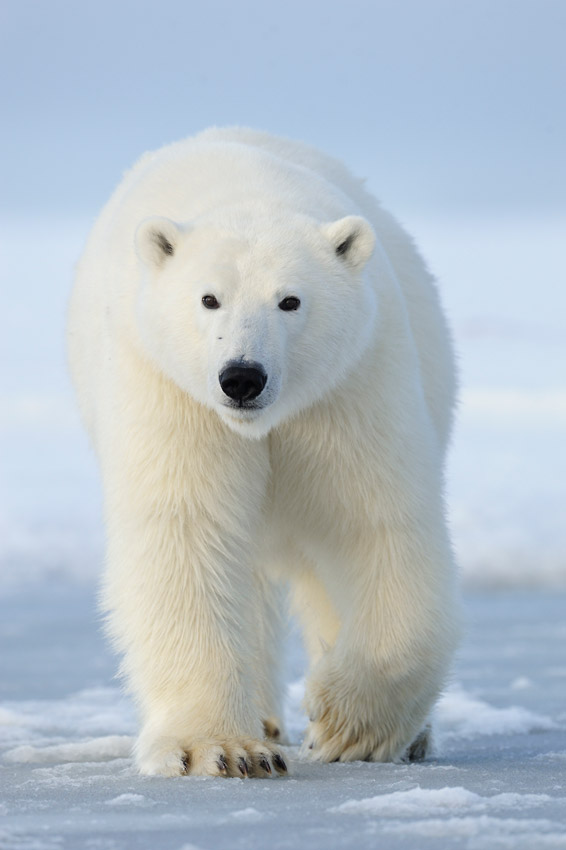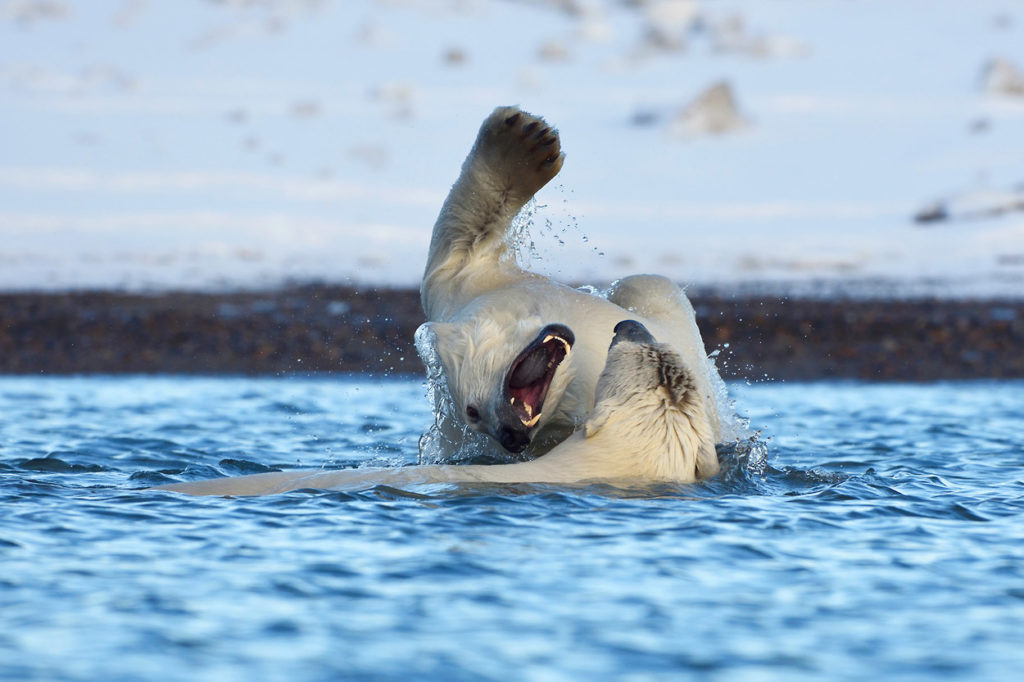Expeditions Alaska Polar Bear Tour Video
Polar Bears. Playful. Powerful. Photogenic.
Returning to the arctic coast in mid-fall, polar bears of the Southern Beaufort Sea congregate ned the mouth of the ago River in the Arctic National Wildlife Refuge. A local Inupiat Village subsistence whale hunt provides further attraction for the hungry bears.
Tolerant of human activity, these polar bears are an enigmatic photographic subject. Playful and curious, they’re also shy and elusive. Fierce and solemn, yet timid and cautious. A photogenic creatures like few others.
Sows with cubs are common, as many as three sows may have cubs of the year. Often several other sows in the area have yearling or two year old still with them. Subadults roam the beaches. Large adult males spar and wrestle on the snow.
Surprisingly sociable creatures, polar bears routinely play and tussle with each other. Cubs will chase one another along the shoreline. Even while sleeping on a pad of fresh snow, a polar bear is a subject like no other.
Polar Bear. Ice Bear.

Nanuq
This tour is all about the bears. You’ll photograph bears playing in the water, polar bear cubs chasing each other across the frozen snow-covered islands, and adult males wrestling and sparring. More poses and portraits that you can imagine.
Bears are always a treat to photograph. Polar bears particularly so. Nowhere in the world is there a better place than Arctic Alaska to photograph these astonishing creatures.
An average of 40 bears in the immediate vicinity each of the last 5 years. A high population of nearly 80 bears in 2012). This is simply THE place to go.
Eye Level Photography. Intimate encounters. Swimming bears. Playful Cubs. Sows Nursing. Males sparring.

Polar Bears on Ice.
All 19 subpopulations of polar bears have experienced some degree of ice loss. Loss of Arctic sea ice owing to climate change is the single biggest threat to polar bears throughout their range.
Trip Details
Photographing from your small privately chartered boat, we’re able to photograph the bears without disturbing them. The polar bears here are used to our presence, and (as are most polar bears) extremely curious.
The photography opportunities will amaze you. I can’t overstate this. There’s nothing I can say here that might fully prepare you for you just how incredible the polar bear photography is here. I can, however, offer you that in the last few years, more and more people are coming here, to Alaska, and forsaking the better known locales of Churchill or Svalbard (Spitzbergen). The polar bears are concentrated here in the Barter Island area this time of year, feeding off the remains of the fall subsistence whale hunt.
The bears gather here as the area is typically the first in the region to freeze up in fall, allowing the bears to hunt on the ice. The other draw for the bears here is carrion. The local Inupiat village have a subsistence Bowhead whale hunt each fall (autumn) and the polar bears feed off the remains from that hunt (the village has a quote of three whales each fall).
A high concentration of polar bears in a small, accessible area.
Trip Logistics
Orientations
We’ll pick you up when you arrive on Barter Island, and shuttle you to the hotel. There we’ll check in and have lunch, as well as a brief orientation for the tour. Immediately afterwards, we’ll ride down to the waterfront and meet your boat captain.
The nearby barrier islands are where we typically find the bears, so it’s a short ride. There we’ll find which bears we want to photograph, and spend our first afternoon with the bears.
Meals & Wheels
Dinner back at the hotel again. Meals are first class food (this is the arctic, not New York City, but the food is always excellent, and plenty of it). After dinner we can download and review or edit images if you like.
The hotel serves three meals a day, buffet style, with custom orders limited but available as time and staffing permits. Any dietary restrictions, if you can let me know ahead of time, we can typically accommodate.
Your transport from the hotel to the boat and back is provided each day, morning and afternoon.
Weather conditions vary, but you should expect it to be cold. You’re in the arctic. Wind can be strong, and blowing snow is not uncommon. If the weather is too adversarial, we won’t go out on the water (at the boat captain’s discretion). Safety is a priority, of course.
On The Water
Your boat captain is a US Coast Guard licensed marine captain. Both the boat captain and myself are permitted through the US Fish & Wildlife Service to operate on the Arctic Refuge waters. We also carry all the requisite insurance, and licensing, etc. Both operators have submitted safety plans for your tours. I carry a satellite phone as well as a first aid kit on the water. The boat operator also has the requisite radio and emergency equipment for safe operations in arctic waters.
Sometimes the bears are feeding at the “bone pile”, so shooting from there is an option if the weather dictates we don’t take the boat. We’ll look into a vehicle and take you there as needed.
Cameras & Clothes
Upon your reservation, I’ll send you a full Trip Departure Packet eBook, filled with photos and information about the tour, including two chapters on clothing and camera equipment options. As a general rule, think of any standard wildlife photography (long, fast lenses, high ISO performance cameras are a good start). Beanbags or monopods work better than tripods, but occasionally a tripod can be handy.
Clothing needs to be arctic wear. If you’re not familiar with what that is, we’ll discuss than and I can send you the section on what to wear.
Terms & Conditions
The Terms and Conditions for all Expeditions Alaska trips, my guiding business, can be found on the website here .
This tour is limited in scope, by weather and available space, so it fills up early. If you’re at all interested in the tour, I strongly suggest you contact me asap via the form below, and we look at availability and waiting lists. Thank you.
Any Questions? Email me.
Trip Itinerary
Day 0 – You arrive in Fairbanks, AK, overnight there (not included)
Day 1 – You’ll fly to Barter Island, arrival approximately noon. Check in and orientation, then head out for an afternoon of photography.
Day 2/6 – Breakfast, the we head out to photograph. Daily photography excursions, morning and afternoon, by chartered boat. Typically we’re out around 8:30am, back for lunch, out again in the afternoon and back for dinner. Time are dependent on weather and conditions. 6-8 hours on the water each day. One evening (TBD) we’ll schedule your optional cultural evening with local Inupiaq sharing local traditions and stories
Day 7 – Pack up your things, check out (you can leave luggage in the hotel), have a morning trip on the water to photograph, followed by your return flight to Fairbanks. Plan on overnighting there (not included), and taking your flight home no sooner than the following day.
Includes
WHAT’S INCLUDED
Currently, I’m providing one chartered flight Fairbanks – Barter Island. For the first week (Oct 4-10), that’ll be your return flight. For the 2nd week tour (Oct 10-16), that’ll be your arrival flight to Barter Island. So for week one, you need to book a flight Fairbanks -> Barter Island on the 4th. For week two, you need to book a flight Oct 16 Barter Island -> Fairbanks.
Polar Bears
Polar bears have long garnered the attention of those people who live amongst them in the cold north. For millennia, people here have regaled one another with countless tales of close encounters with Nanuq, the sea bear. Stories of grandeur, real and imagined, tales of his hunting prowess, his wit and his energy, his strength, his bravery and his cunning.
Inuit and Alaska Native tales include stories about polar bear-men, fabled creatures that walked upright, lived in igloos and could talk. These creatures were humans inside their home, but donned magnificent fur coats when they went outside to hunt Ugruk, the bearded seal.
The scientific name for the polar bear is Ursus maritimus, or sea bear. The bears are classified as marine mammals, oddly by the same folks who refer to the polar bear as the largest terrestrial (i.e., land) predator in the world. It seems he doesn’t really fit neatly in to any pigeon hole or category we try to squeeze him inside. Sadly, we seem as prone to classify and typecast animals (and plants) as we do ourselves.
Polar bears are indeed a string of contradictions. Solitary yet extremely sociable, he’s fearless, yet timid. Curious, yet cautious. Intelligent, yet comical. A powerful athlete, yet clumsy and awkward. A fierce predator, yet playful and affectionate.
Collectively, they’re a successful apex predator, yet a vulnerable species, precariously balanced on that apex and now threatened with extinction. These paradoxes tell me we have a lot more to learn about (and from) the polar bear.
A series of adaptations make the polar bear a great swimmer. They have some webbing between their toes, they have a water repellent coat, a streamlined, tapered body shape, strong powerful forelegs for paddling (they don’t use their hind legs when paddling, but hold them aloft behind, like rudders) and broad feet.
Though they’re excellent swimmers and have been known to swim over 400 miles to reach an ice pack, polar bears are generally not capable of out-swimming the seals they prey on.























